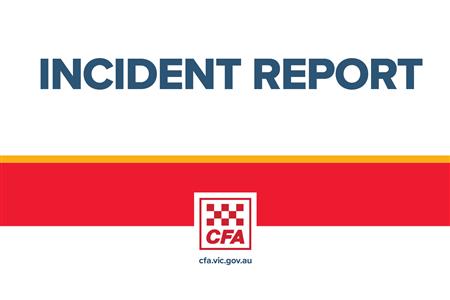
Credit: Michael_Baucham via Pixabay
For more than a century, American cities have been sliced and diced by high-traffic roadways. Interstate highways and wide arterials are now a defining feature of most metropolitan areas, their constant flow of cars spewing pollution into nearby neighborhoods.
Researchers have only just begun to understand the health risks posed by all that pollution. Long-term exposure to traffic-related air pollution – a complex mixture of exhaust from tailpipes, brake and tire wear, and road dust – has been linked to increased rates of cardiovascular disease, asthma, lung cancer and death.
New research from the University of Washington suggests those health risks are also seen in people traveling busy roads. A study published Nov. 28 in the Annals of Internal Medicine found that unfiltered air from rush-hour traffic significantly increased passengers’ blood pressure, both while in the car and up to 24 hours later.
“The body has a complex set of systems to try to keep blood pressure to your brain the same all the time. It’s a very complex, tightly regulated system, and it appears that somewhere, in one of those mechanisms, traffic-related air pollution interferes with blood pressure,” said Joel Kaufman, a UW physician and professor of environmental and occupational health sciences who led the study.
An earlier experiment by Kaufman’s lab found that exposure to diesel exhaust fumes increased blood pressure in a controlled environment. The roadway traffic study was designed to test that finding in a real-world setting by isolating the effects of traffic-related air pollution.
Researchers drove healthy participants between the ages of 22 and 45 through rush-hour Seattle traffic while monitoring their blood pressure. On two of the drives, unfiltered road air was allowed to enter the car, mirroring how many of us drive. On the third, the car was equipped with high-quality HEPA filters that blocked out 86% of particulate pollution. Participants did not know whether they were on a clean air drive or a roadway air drive.
Breathing unfiltered air resulted in net blood pressure increases of more than 4.50 mm Hg (millimeters of mercury) when compared to drives with filtered air. The increase occurred rapidly, peaking about an hour into the drive and holding steady for at least 24 hours. Researchers did not test past the 24-hour mark.
The size of the increase is comparable to the effect of a high-sodium diet.
“We know that modest increases in blood pressure like this, on a population level, are associated with a significant increase in cardiovascular disease,” Kaufman said. “There is a growing understanding that air pollution contributes to heart problems. The idea that roadway air pollution at relatively low levels can affect blood pressure this much is an important piece of the puzzle we’re trying to solve.”
The findings also raise questions about ultrafine particles, an unregulated and little-understood pollutant that has become a source of growing concern among public health experts. Ultrafine particles are less than 100 nanometers in diameter, much too small to be seen. Traffic-related air pollution contains high concentrations of ultrafine particles. In the study, unfiltered air contained high levels of ultrafine particles, though the overall level of pollution as measured by fine particle concentration (PM 2.5) was relatively low, equivalent to an AQI of 36.
“Ultrafine particles are the pollutant that were most effectively filtered in our experiment – in other words, where the levels are most dramatically high on the road and low in the filtered environment,” Kaufman said. “So, the hint is that ultrafines may be especially important [for blood pressure]. To actually prove that requires further research, but this study provides a very strong clue as to what’s going on.”
Traffic-related air pollution is the main cause of air quality variation from community to community in most U.S. metropolitan areas.
“This study is exciting because it takes the gold-standard design for laboratory studies and applies it in an on-roadway setting, answering an important question about the health effects of real-world exposures. Studies on this topic often have a challenging time separating the effects of pollution from other roadway exposures like stress and noise, but with our approach the only difference between drive days was air pollution concentration,” said Michael Young, a former UW postdoctoral fellow in the Department of Environmental and Occupational Health Sciences and lead author of the new study. “The findings are valuable because they can reproduce situations that millions of people actually experience every day.”
This research was funded by the U.S. Environmental Protection Agency and the National Institutes of Health.
Other authors are Karen Jansen, Kristen Cosselman, James Stewart, Timothy Larson, Coralynn Sack and Sverre Vedal of the UW Department of Environmental and Occupational Health Sciences; Timothy Gould of the UW Department of Civil and Environmental Engineering; and Adam Szpiro of the Department of Biostatistics at the UW School of Medicine.






